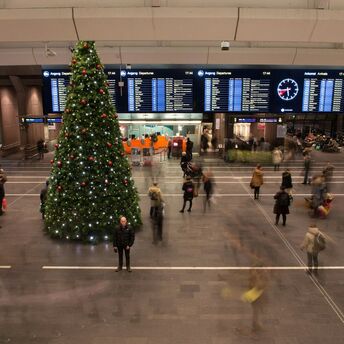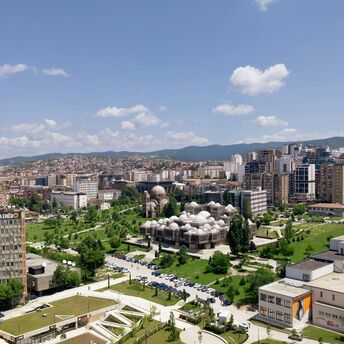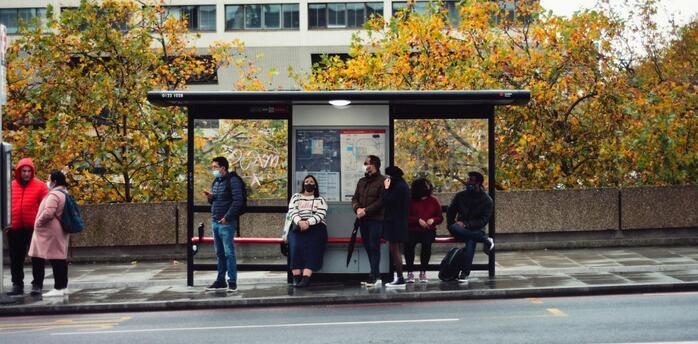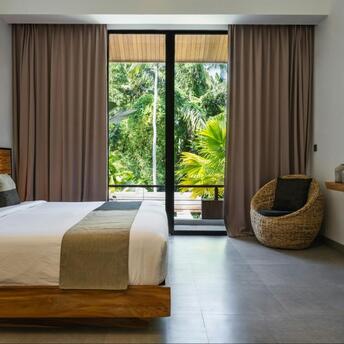New Luxury Hotel in Osaka Expands Travel Options with Local Flair

In 2025, Waldorf Astoria introduced its inaugural hotel in Japan, choosing Osaka as its gateway into the nation’s competitive luxury hospitality market. The newly opened hotel in the city center combines Art Deco style with traditional Japanese materials and architectural ideas. Led by architect André Fu, the hotel seeks to capture Osaka’s cultural duality, a city celebrated for its rich history alongside contemporary growth.
The building houses 252 guest rooms along with a range of amenities developed with attention to regional design traditions. Key features include:
- Wellness Areas Designed For Rest And Recovery
- Multiple Dining Spaces Offering Varied Culinary Experiences
- Interior Elements That Reflect Japanese Craftsmanship, Such As:
- Kumiko-Style Wooden Latticework
- Shoji-Inspired Lighting Features
- The Use Of Natural Materials In Contemporary Forms
With its proximity to central transport connections, the hotel is well placed for guests traveling around Osaka and beyond.

Visitors to the area can find a number of attractions if they stay outside of the typical tourist circuit. Hozenji Yokocho ranks as one of these sites. This narrow stone alley, lined with traditional lanterns and small restaurants, offers a glimpse into historic Osaka and is located close to the hotel. Just a short walk away sits Namba Yasaka Shrine, famous for its large lion-head stage. Across other parts that are in Japan, this distinctive structure is not found commonly. Nearby Kuromon Ichiba Market is also an active street food place where visitors taste local treats along with fresh goods.
Another prominent spot to explore is America Mura, a creative urban area with outdoor art installations, local cafes, and second-hand fashion shops. Orange Street, or Tachibana-dori, is engaging as a location too. Independent design shops as well as furniture boutiques have developed within that hub. For those interested in panoramic city views, Abeno Harukas Rooftop Garden provides open-air access atop one of Japan’s tallest buildings, without the crowds of more well-known observation decks.

The arrival of Waldorf Astoria in Osaka may be an indication of wider shifts within how urban areas get designed in order to attract global tourists. It is reflective of a growing demand for design that is culturally responsive in hospitality. Comfort along with local identity intersect there as well. For visitors, this new opening expands lodging options but also allows people to experience travel more deeply within one of Japan’s most dynamic cities.



















